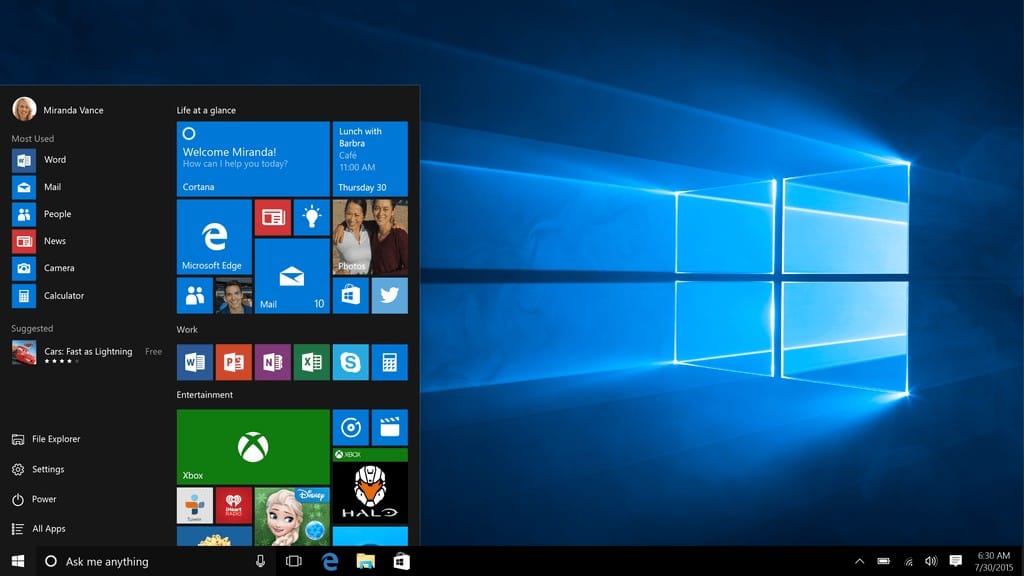The clock is ticking for nearly 600 million Windows 10 computers worldwide. Microsoft will stop providing security updates, patches and technical support for all versions of Windows 10 on October 14, 2025 – just days from now.
This deadline impacts all Windows 10 users, from home computers to business workstations. Without security updates, computers will become increasingly vulnerable to hackers and malware over time.
“The scale of this is staggering,” warns the Public Interest Research Group (PIRG). Unlike previous Windows transitions, Windows 10 still powers roughly 41% of all PCs globally – with an estimated 240 million devices unable to upgrade to Windows 11 due to hardware requirements.
Most affected computers lack components like TPM 2.0 (Trusted Platform Module) chips and newer processors that Windows 11 requires. This creates what cybersecurity experts call a “security disaster” waiting to happen, with ransomware gangs “rubbing their hands in glee” at the prospect of millions of unprotected computers.
Microsoft offers four main options for Windows 10 users:
First, eligible computers can upgrade to Windows 11 for free, though many older devices don’t meet the requirements.
Similar posts
Second, users can purchase a new Windows 11 computer, which Microsoft actively promotes through its Copilot+ PC lineup.
Third, users can join Microsoft’s Extended Security Updates (ESU) program, which continues providing critical security patches for an additional year until October 2026. Consumer ESU costs $30 per device or can be obtained free by enrolling in Windows Backup or using Microsoft Rewards points. Business ESU starts at $61 per device and doubles each year for a maximum of three years.
Fourth, users can switch operating systems entirely. Free alternatives include Google’s ChromeOS Flex or various Linux distributions like Ubuntu, which can extend the life of older computers.
The situation differs across regions. In the European Economic Area, Microsoft is offering one year of free ESU if users sign in with a Microsoft account at least once every 60 days. Outside the EEA, users must either pay $30, use Microsoft Rewards points, or enable Windows Backup sync.
Microsoft will continue providing updates for its Defender Antivirus program until 2028, but experts warn this isn’t enough protection without underlying system updates.
“This is a potential environmental disaster,” notes Canalys Research, estimating that 240-400 million computers could end up as e-waste. Less than 25% of discarded electronics get recycled globally.
While Windows 10 will continue functioning after October 14, the risks will grow daily as new security vulnerabilities remain unpatched. Applications will also gradually drop Windows 10 support, with Microsoft 365 apps will continue receiving security updates on Windows 10 until October 10, 2028, but new features will not be guaranteed after October 2025.
The bottom line? If you’re using Windows 10, you need to make a decision soon – upgrade, subscribe to ESU, switch operating systems, or accept the growing security risks.







